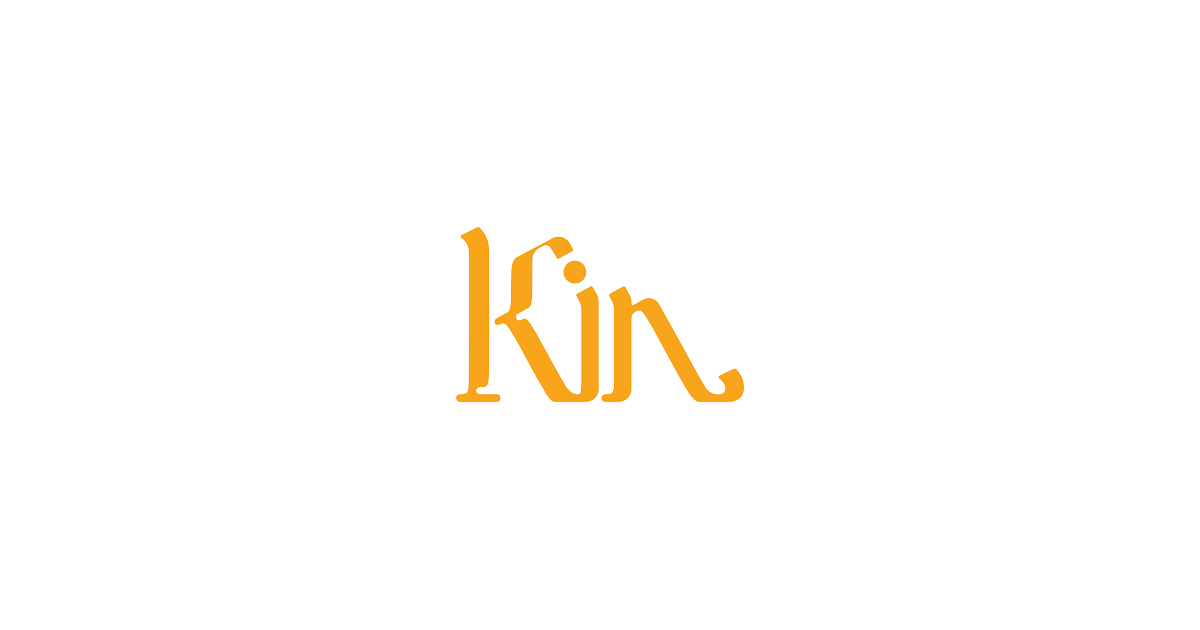Kin Euphorics Review
This page may contain affiliate links. If you purchase through these links, we may receive a commission. This doesn't affect the opinions or assessments of our editors.
We were somewhere around a barstool, on the edge of Soho, when the drugs began to take hold.
The mood-altering medium of the evening? Kin, the first of a newly invented category of functional beverages called “euphorics.” Specifically, Kin High Rhode, the brand’s first formulation, mixed with ginger juice, turmeric, lime juice, and topped off with a splash of ginger beer and garnished with torched rosemary. I make a quick mental note to garnish everything I drink, for the rest of my life, with something “torched”—my mind flickers for a moment to wonder both a) why didn’t this occur to me earlier and b) what kinds of practical changes I’ll need to make to my life, from hardware needs to child-safety provisions, to effect this new mandate. Scorch! Torch! Viva!!! Bartender—hit us again! Just as quickly, though, I’m brought back gently and happily to my present reality: Sitting and sipping at the bar of Cafe Clover, tucked into Downing Street just north of Houston in Manhattan, which will soon be among the first establishments anywhere to serve Kin.
Sitting with me is Jen Batchelor, 34, the co-founder of Kin, here to explain a bit about just what a “euphoric” is, and why she thinks our current moment calls for them. “Euphorics work primarily on your neurochemistry—your willpower, your might, your seratonin levels; your ability to be polite and charming, or to deal with assholes, all of which are usually depleted by about 3 p.m., particularly if you work at a high-stress job in the city,” she says. “Euphorics replenish and rebalance the endocrine system naturally, through a mixture of nootropics, adaptogens and botanics.” The idea is that the nootropics—a combination of natural and man-made compounds that have been found to benefit various parts of the brain—help you to reach a sort of bliss spot, while the adaptogens and botanics help restore and balance the body and the brain.
Before I met with Jen and sampled Kin, I would have translated the previous paragraph as one word, rendered boldly and unequivocally: Bullshit. As someone who had a rather different definition of “euphorics” a couple decades ago (in short: whatever it was you took that led to you and your friends screaming with delight while driving over that bridge at 100 mph with the top down on your way to the beach at dawn—also that other thing you took that made you invite a group of strangers you’d just met in for an almost teary group hug before insisting that they all came over to your place for breakfast), the notion of such holistic kicks struck me as preposterous enough to be almost illegal on some karmic truth-in-advertising precept.
However, as the late, great prophet Doug Sahm famously sang, “stoned faces don’t lie,” and three Kin cocktails and a stand-alone shot in, I can’t seem to wipe the permasmile off my face, while every short silent space in our conversation is filled with me quietly mouthing aloud, with a subdued awe, “Wow—yeah. . . this is nice. I feel good.”
The idea for Kin came to Batchelor—well, wait: Let’s call her Jen. Full disclosure, I’m on Kin again—I thought it might be helpful while writing this piece—and, well, last names are just so formal! So: The idea came to Jen two years ago as a kind of philosophical revelation during a brainstorming chat with Matthew Cauble, with whom she’d been working on various ideas to transform the wellness space. “It came out of this frustration at not being able to walk into Whole Foods and grab something off the shelf that wasn’t alcoholic or toxic to the body that was geared to stress relief,” Jen says. “I had to go to the nutritional aisle for something to spray under my tongue thirty minutes before a stressful meeting. It took all the sensuality out of it—and so I wondered: Where’s the thing that I can sit at the bar and order—or that’s sophisticated enough for me to bring to a friend’s house?”
In short order, Jen and Matt—let’s just call him Matt, yeah?—set up a makeshift lab at Matt’s house in Seattle and started experimenting. Matt lived off the first formulation of Kin for thirty days—and had his vitals read every three days. Instead of water, he drank Kin. One week he’d eat whatever he normally ate; the next week, just soup; the next week, no carbs. One week he’d smoke weed, the next not; one week he’d drink alcohol, the next not. The goal was to learn what Kin did to his energy levels, his sleep, his eating habits, his vitals. In short: Every day in every way, all of the above just kept getting better and better. His blood pressure dropped healthily, as did his cholesterol; he’d never slept better.
Fast-forward through the usual rounds of fundraising and fine-tuning, and here we are: Early small batches of the stuff sold out as fast as the company could make them available, and while this month will see those small batches increased from a thousand bottles to a few thousand cases, Kin is still—at the moment—very much an emerging notion.
That’s certainly not something Jen sees lasting for long. “I mean, we want people to copy us,” she says. “We think this is the future—so much so that we’ll put our formula out there.” As she sees it, it’s not about avoiding alcohol per se, nor is it simply another cog in the artisanal, holistic (and sometimes grift-centric) wheel of wellness. “Wellness is just a gateway,” she says. “This is about opening up flow state and finding a new way to revel. We don’t want to be in meditation and yoga studios. Find us at the bar.”
To be clear: This isn’t an incense-and-peppermints buzz, or—thank God—an invite-strangers-for-breakfast kind of revelation, but rather the sort of thing that made me bask in the beauty of the sunset on my ride home instead of habitually entering the dystopia of Trump twitter. Music actually sounded a little better in my headphones, and I can now use the expression “flow state” with a straight face. The effects lasted maybe an hour or so, with no comedown and no hangover. But while Kin might be subtle, it’s also real—though results, of course, vary from person to person depending on a host of factors. (The homely Kin cocktails I mixed by myself with some tonic and a splash of a turmeric drink before—and, okay, during—writing this story? They gave me no buzz whatsoever—giving some credence to Jen’s notion that this is a drink meant to be enjoyed with other people, not—as with some nootropics fanatics, mostly Silicon Valley-centric, to be taken in order to focus on a computer screen for hours on end.)
“I met with one of our investors early the other morning—it was the only time he was free—and made two cocktails for him,” Jen says. “He chugged both of them and was on fire for the next three hours, then told me later: ‘I had no crash! I felt limitless! Send me a case—I want to drink this at work!’ And I tried to tell him that while I wasn’t his mom and he could do anything he wanted to, it wasn’t really meant for drinking at work. This is a social drink—but then again, we just have to let it roam free.”
Kin is rolling out shortly to select bars around the country—check their site for more information, or to put your name on a list to be among the first to purchase a bottle.


